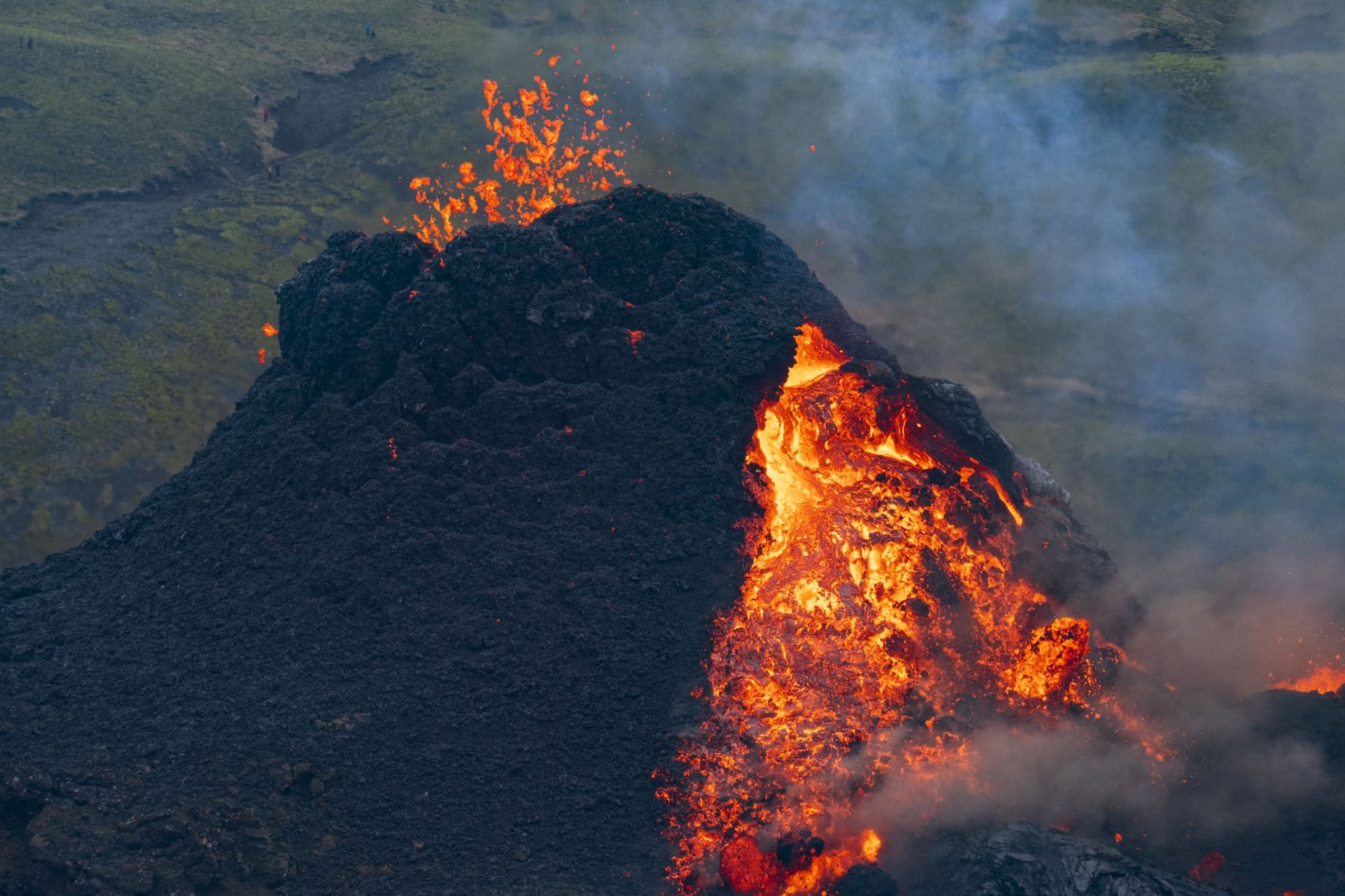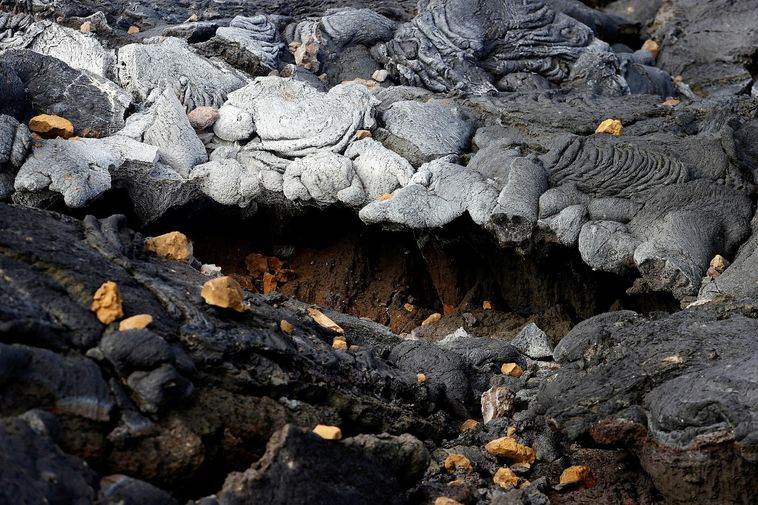

Reykjanes Eruption Could End With Earthquake Swarm
Jelena Ćirić
June 30, 2021
Nature, x News
The ongoing eruption on Iceland’s Reykjanes peninsula was kicked off by a strong earthquake swarm, and it could take another such swarm to end it. That’s one of Volcanologist Þorvaldur Þórðarson’s hypotheses about how the eruption could eventually come to a close, but it is indeed just a hypothesis. Experts have oft underlined that there is no reliable way to predict when the eruption will end.
“There are no clear signs that the eruption is ending,” Þorvaldur stated on Bylgjan radio station this morning. Before it began more than three months ago, the eruption was preceded by weeks of strong earthquakes, felt across the capital area and South and West Iceland. Þorvaldur believes another such earthquake swarm could be what stops the eruption, which is located along a rift between two tectonic plates. As the plates move apart, they create tension in the earth’s crust which is released in the form of seismic or volcanic activity.
Read More: The Geology of the Reykjanes Peninsula
“Such plate movements appear to have instigated this eruption and I suspect that maybe something similar is required to end it,” Þorvaldur stated. Until such movement happens, the eruption may continue, and experts have already stated that could be years or decades. Until then, the eruption is “like a pipe that’s always open. It’s dripping steadily. And there’s no tap to screw shut. They forgot to buy one,” Þorvaldur joked in the morning interview.
While volcanic activity at the eruption site briefly paused on the night of June 28, it resumed again some hours later. Þorvaldur says there are once more considerable magma jets spewing from the active crater and visible lava flow over a large area, including Meradalir valley.
Did Part of Crater Rim Collapse?
Recent changes in volcanic activity and volcanic tremor at the eruption site by Fagradalsfjall mountain, Southwest Iceland, could possibly be explained by part of the crater rim collapsing, Þorvaldur Þórðarson, professor of volcanology at the University of Iceland, tells Morgunblaðið.
Monday afternoon, the activity appeared to be considerably reduced, and then it increased again yesterday.
“We’ve seen similar things happen before after part of the crater collapsed,” Þorvaldur states. This could have slowed down the lava flow and degasification as well, which in turn causes reduced volcanic unrest, as registered by seismographs, he explains. Due to fog in the area in recent days, it has not been possible to verify that part of the crater rim has indeed collapsed.
“The crater successfully cleared, causing a certain spectacle, as usual,” Þorvaldur explains. He believes lava flow into the valleys Meradalir, Geldingadalir and Nátthagi remains steady.
“The main channel, which supplies the lava flow, is under the surface, invisible to us,” he notes. “It must be there, because the lava field steadily grows.”
He believes liquid lava is underneath a large part of the lava field and states that the surface of the lava keeps rising.
“The thickness of the lava is unbelievably even. It is completely smooth in the valleys, no matter where you go. That indicates that underneath all this surface we see, there is a core of liquid, which gradually lifts the whole thing.”
He compares the lava streams to rivers that freeze in winter. You see the burning stream where the current is the strongest, but along the edges, there is a crust, just as there is ice along the banks of a river that is about to freeze. For this reason, the lava streams are considerably wider than they appear to be on the surface.
According to Þorvaldur, the latest lava flow measures show that there is no letup in magma production. As always, he emphasizes the importance keeping off new lava.

No comments:
Post a Comment